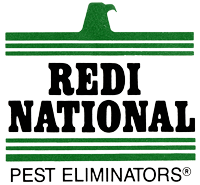How to Handle Rodent Infestations in Your Home?
### Introduction: How to Handle Rodent Infestations in Your Home Rodents, including mice and rats, have long shared spaces with humans, often becoming uninvited guests in homes and businesses alike. Their small size, quick reproduction rates, and keen survival instincts make them formidable pests when they infiltrate living environments. Not only do these critters pose…
